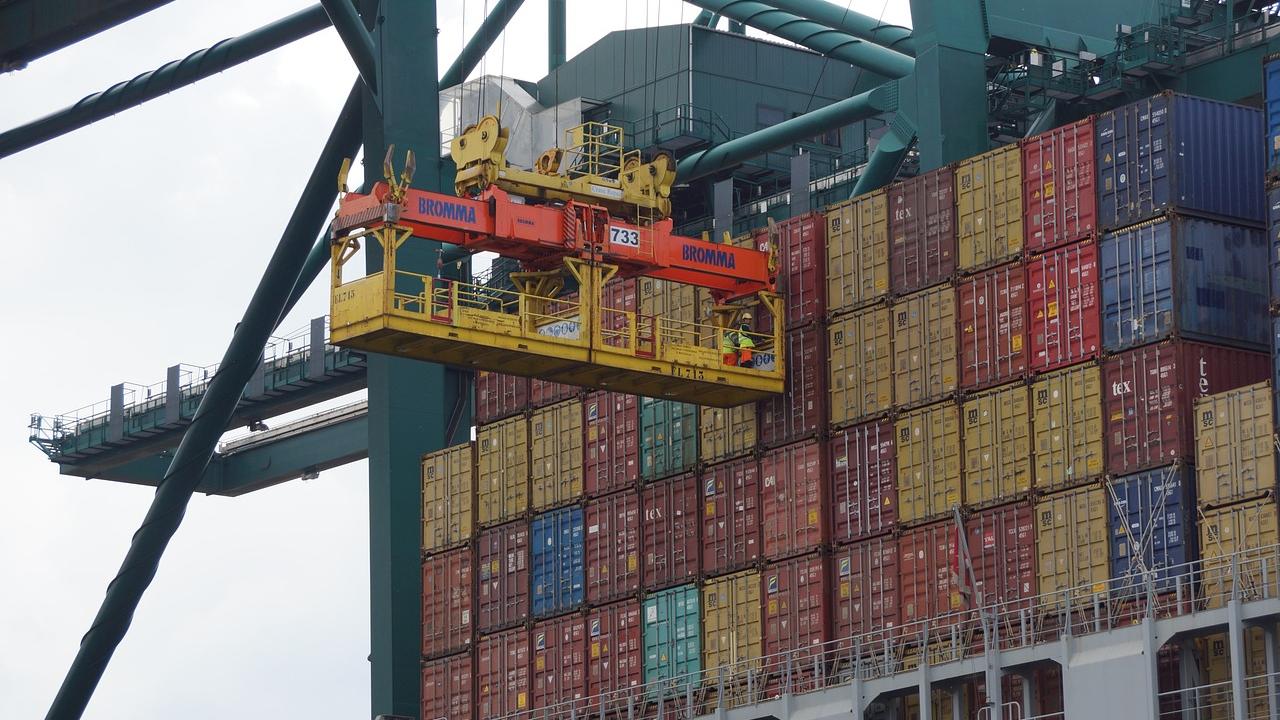
According to Manuel Carpio-Rivero, professor at Pacífico Business School, this trade conflict generates inflationary risks and could also represent an opportunity for countries like Peru.
The recent increase in tariffs by the United States on products from Mexico, Canada and China could have significant repercussions on the global economy and the region. According to Manuel Carpio-Rivero, professor at Pacífico Business School, this trade conflict generates inflationary risks and could also represent an opportunity for countries such as Peru.
"Approximately 80% of Mexico's exports are destined for the United States, many of them in key sectors such as automotive manufacturing and avionics. With a 25% tariff, these products could become more expensive or even cease to be produced in Mexico, which would affect its economy. If this increase is implemented, the price of vehicles could rise between $3,500 and $5,500 per unit, generating inflationary pressure in the US," explains Carpio-Rivero.
Canada, for its part, exports large volumes of gas and oil to the United States, especially to the northern part of the country. "If these exports are affected by tariffs, the US could look for other sources or assume that Canadian products will arrive at a higher cost, which would again impact the US market," adds the expert.
As for China, the trade deficit with the US has been one of the main reasons for the imposition of these tariffs. "China exports much more to the US than it imports and provides essential raw materials for the manufacture of technology and automobiles, both in the US and in Mexico. A tariff increase will make these inputs more expensive and will pass the impact on to consumers," he says.
Peru's role in the "tariff war"
For Peru, this situation opens up two scenarios: an opportunity and a risk. "If Mexico reduces its agro-industrial exports, Peru could cover that demand with products such as avocados, blueberries and grapes, increasing its share of the US market. We could also strengthen our position in certain manufacturing processes," says Carpio-Rivero.
However, there is also a risk that the US will take a tougher stance on trade ties with China. "If the US perceives that the trade relationship between Peru and China becomes too close, it could impose tariffs on our exports, affecting our trade with the US, which is our second strategic partner after China," he warns.
The specialist underlines the importance of maintaining a balance between both powers. "The development of the Chancay port will strengthen ties with China and generate a great commercial movement in the region, which could worry the US. Therefore, Peru must handle its bilateral relations with caution to capitalize on the opportunities without putting its position in international trade at risk," concludes Carpio-Rivero.









